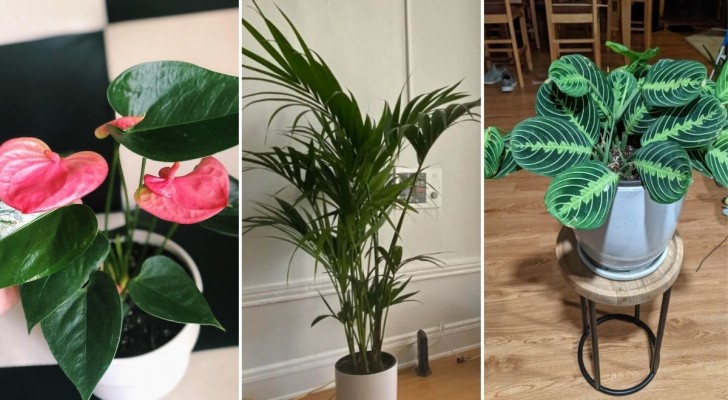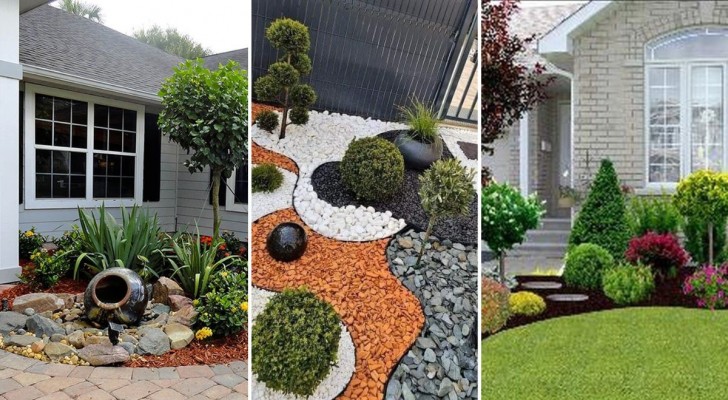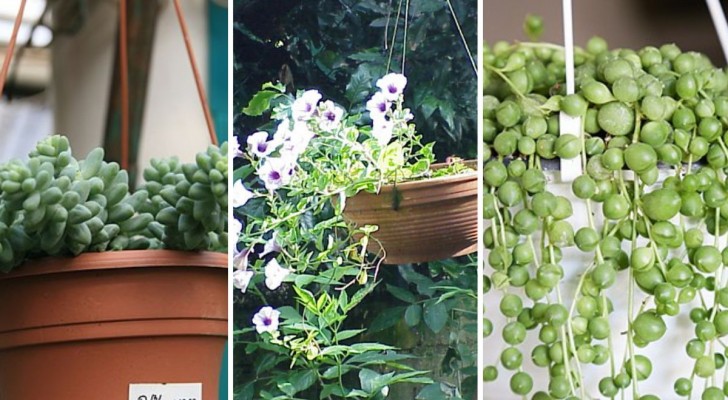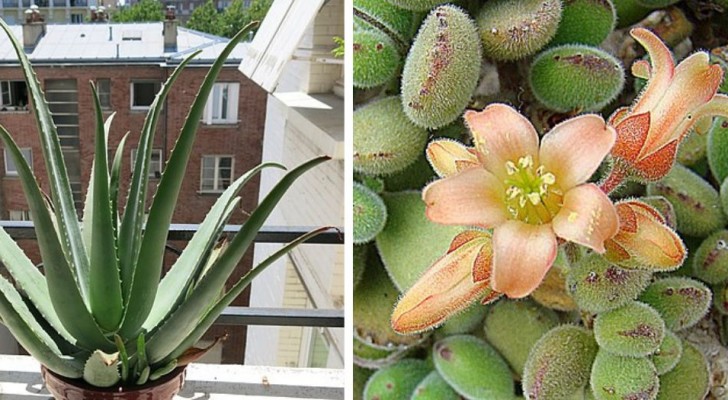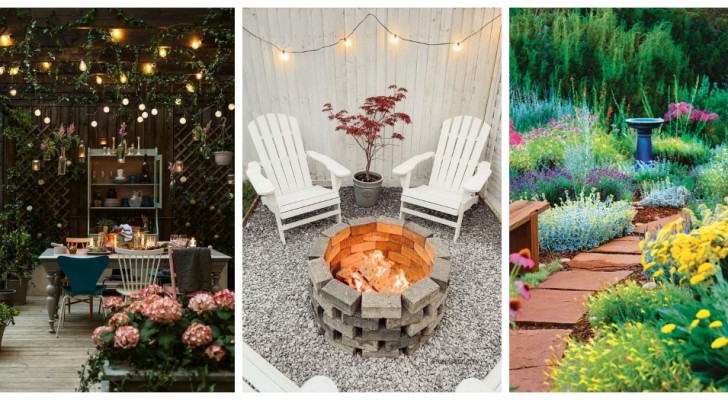Grown in no time: 8 houseplants that require very little attention and care
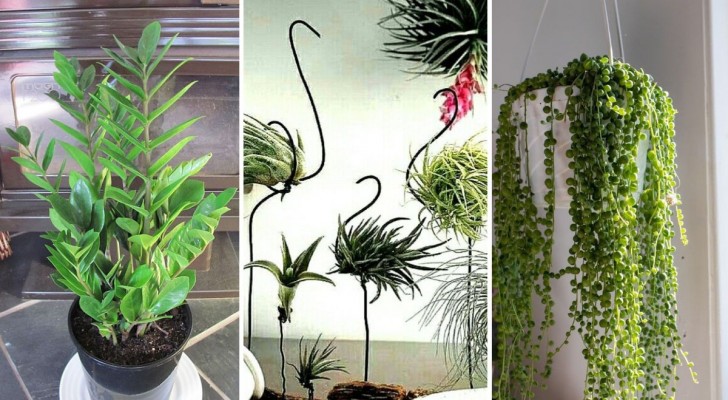
Plants are perfect for creating an oasis of relaxation surrounded by nature even in a modern and hyper-technological buildings. But in order to thrive, they need constant care and attention. For this reason, most people give up on the enterprise without even trying: unlike in the past, when we spent much more time at home, today work, social life, sport and tasks related to everyday life often keep us away from home.
But there is no need to give up without trying: in fact, there are numerous species of plants that need very little care to grow up healthy and strong! We present 8 plants that thrive with very little water and will give you a lot of satisfaction for minimal effort.
1. Beaucarnea recurvata
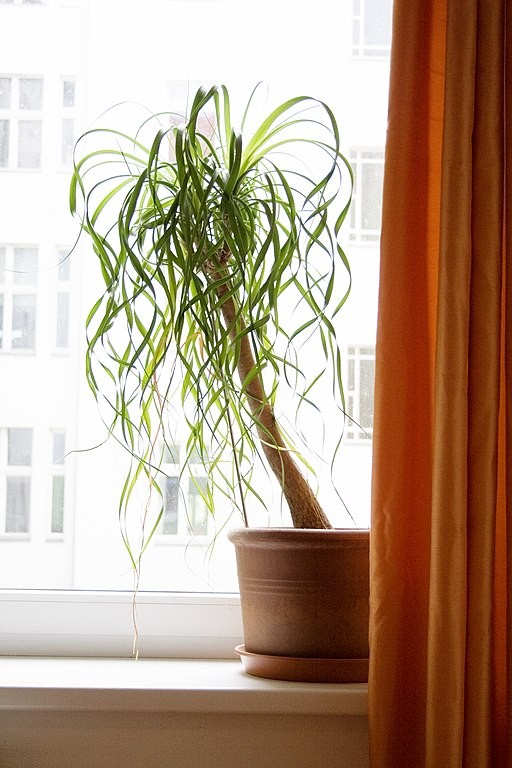
Known as a "fire-eating" plant due to its extraordinary ability to resist heat (or as Elephant's foot due to its very thick base), this is a plant native to hot and dry areas of Central America. This plant is very easy to grow both in pots and in the garden, paying attention only to the temperature (which must never drop below 10 degrees C). It should be placed in a very bright place, even in direct sunlight; from May to September it can be kept outdoors. It does not need watering in the winter season, unless the soil is completely dry. In summer, it requires more regular watering, but never overdo it.
2. Lucky bamboo
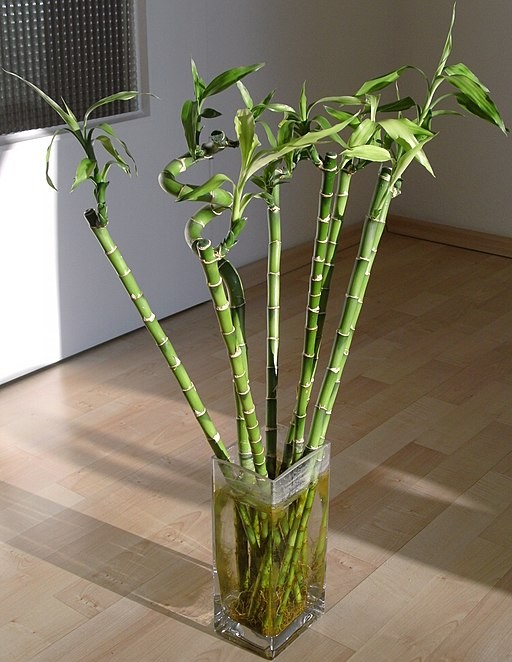
Bernard Ladenthin/Wikimedia Commons
Lucky bamboo is a special plant that can bring a little fo a Japanese atmosphere into your home. It can be grown in soil and in water, although the latter is the most recommended method. To always guarantee the right amount of water and give more personality to your vase, you can cultivate it inside transparent containers (glass jars, for example). The only thing to avoid is sudden changes in temperature and exposure to direct sunlight for prolonged periods.
3. Senecio rowleyanus
Commonly known as the rosary plant, Senecio rowleyanus owes its popular name to its thick and rounded leaves, which look like the beads of a rosary. This is a wonderfully decorative plant, very suited to dry environments and scarce water. In winter, after flowering, it goes into a hibernation state and does not require any care, except for a little water now and then.
4. Purslane
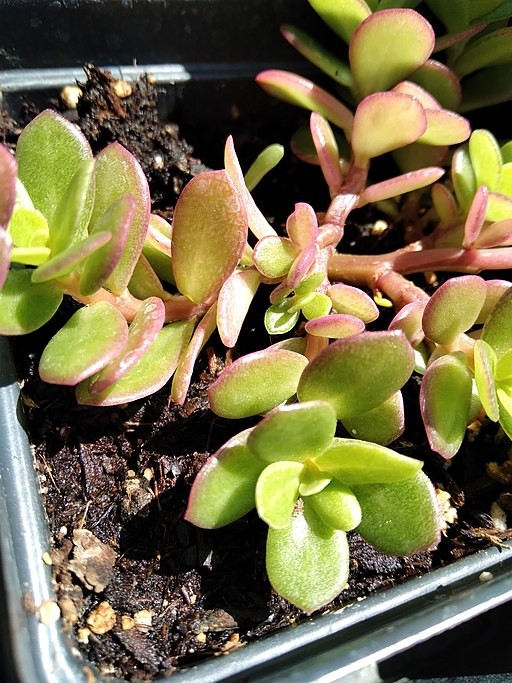
So easy to grow that it can sometimes becomes a weed, purslane is a flowering plant that requires very little watering. It only fears the cold, which is why it is better to keep it indoors during the cold season. Exposure to sunlight will guarantee it will produce wonderful flowers.
5. Metroxylon sagu
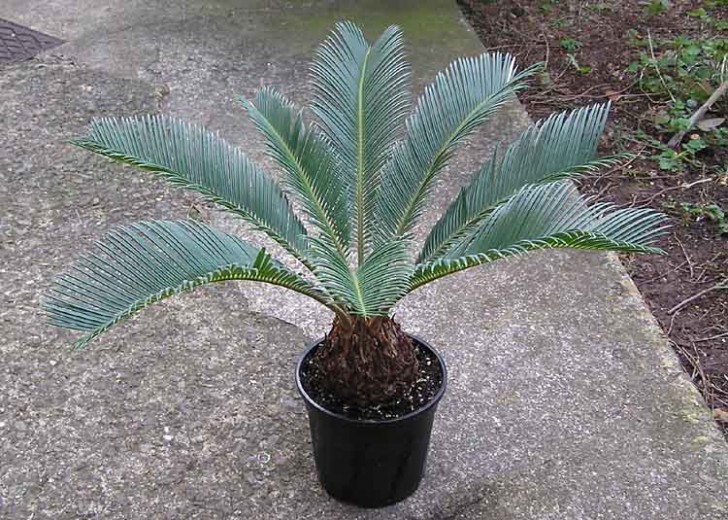
Known as the sago palm, this is a short-stemmed plant that is very suitable for indoor environments. It needs a lot of indirect light and requires watering only once every 3 weeks - in winter, just once a month will suffice.
6. Zamioculcas zamiifolia
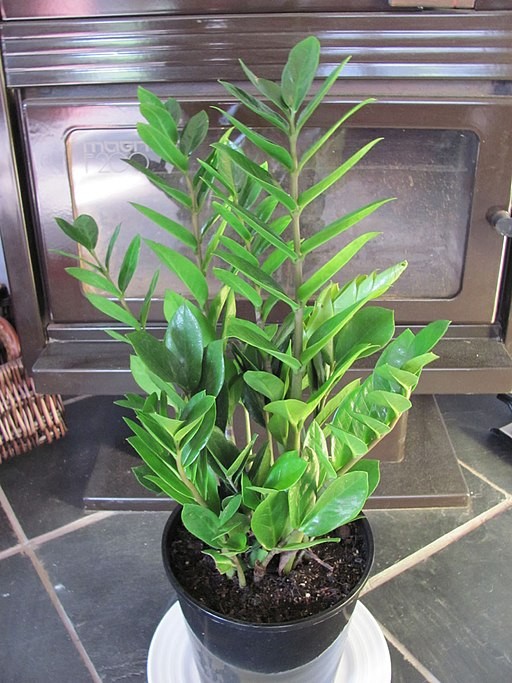
Jon Braggins/Wikimedia Commons
A plant native to Madagascar, Zamioculcas zamiifolia is satisfied with a glass of water once or twice a month, depending on the season. It can live in both shade and in a very bright spot - you just need to be careful not to expose it to direct sunlight.
7. Euphorbia milii
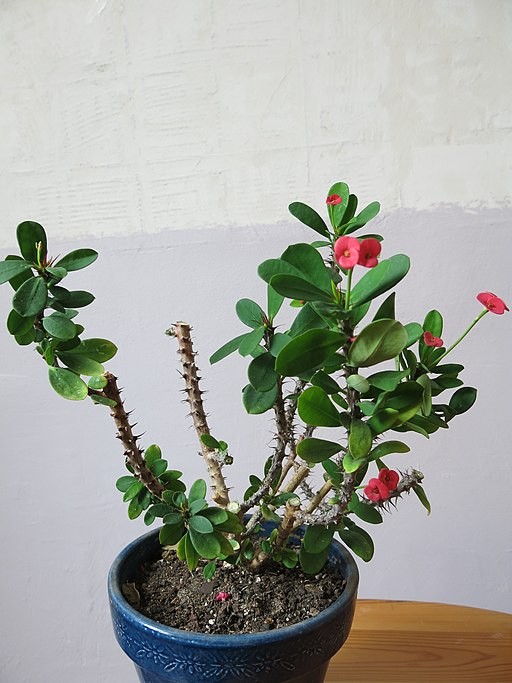
Also known as the Crown-of-Thorns due to the very large thorns on its trunk, this is a succulent plant with wonderful foowers. It needs watering only if the climate is particularly hot and dry (or when the soil drys out). In winter, it must be kept indoors and not be exposed to temperatures below 4 degrees C. It is better to grown in a very bright spot.
8. Tillandsia
Tillandsia, or Daughter of the Wind, is the last on this list. This plant is very robust, since it lives without soil or water, absorbing humidity and nutrients directly from the air. It should be grown in the shade, spraying it once a month with water in winter and once every 2 weeks in summer.
